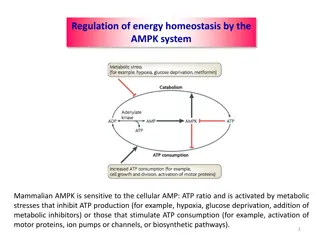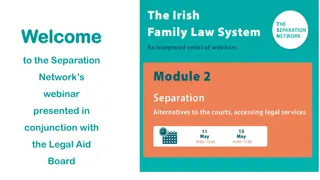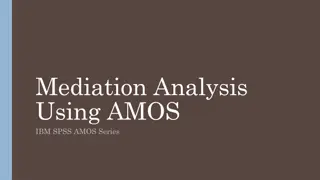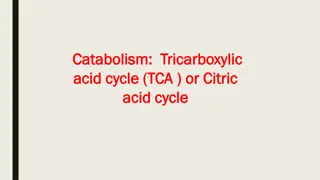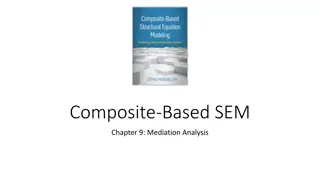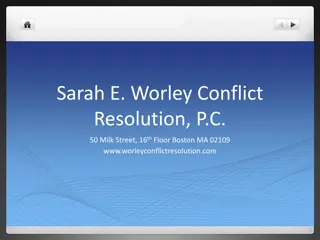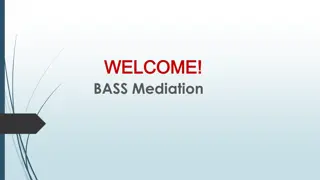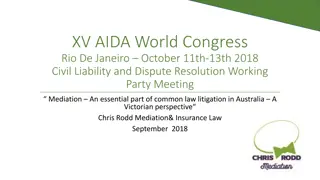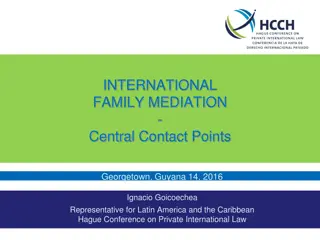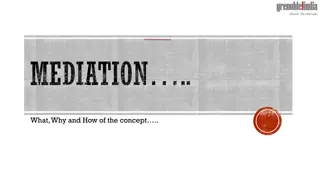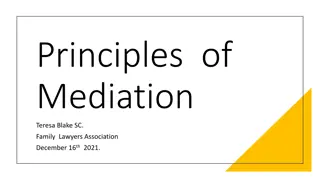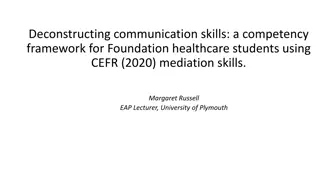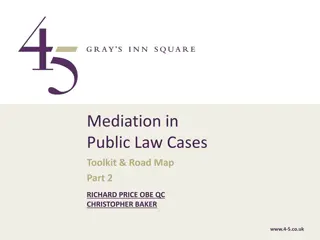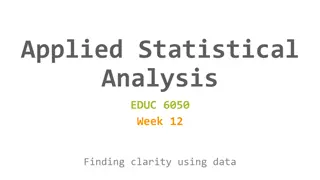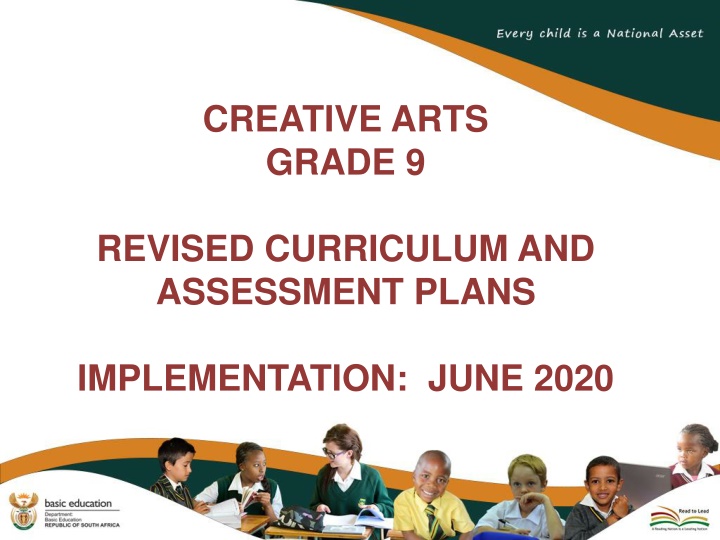
Implementing Revised Creative Arts Grade 9 Curriculum
Explore the implementation of revised curriculum and assessment plans for Creative Arts Grade 9, focusing on purpose, teaching content, assessment methods, and adapted teaching timelines to ensure effective learning outcomes.
Download Presentation

Please find below an Image/Link to download the presentation.
The content on the website is provided AS IS for your information and personal use only. It may not be sold, licensed, or shared on other websites without obtaining consent from the author. If you encounter any issues during the download, it is possible that the publisher has removed the file from their server.
You are allowed to download the files provided on this website for personal or commercial use, subject to the condition that they are used lawfully. All files are the property of their respective owners.
The content on the website is provided AS IS for your information and personal use only. It may not be sold, licensed, or shared on other websites without obtaining consent from the author.
E N D
Presentation Transcript
CREATIVE ARTS GRADE 9 REVISED CURRICULUM AND ASSESSMENT PLANS IMPLEMENTATION: JUNE 2020
Presentation Outline 1. Purpose 2. When will I teach? 3. What will I teach? 4. How will I teach and assess? 5. Reorganisation of Content Topics for the Phase 6. Amendments to the Annual Teaching Plan 7. Amendments of School Based Assessment (SBA) 8. Conclusion
Purpose To mediate the amendments of the trimmed and reorganised 2020 Annual Teaching Plan for Creative Arts, Grade 7-9 as stipulated in Circular S2 of 2020. To ensure that meaningful teaching proceeds during the remaining teaching time as per the revised school calendar. To assist teachers with guided pacing and sequencing of curriculum assessment. content and
Purpose (continued) To enable teachers to cover the essential core content /skills in each grade within the available time. To assist teachers with planning for the different forms of assessment. To ensure learners are adequately prepared for the subsequent year/s in terms of content, skills, knowledge, attitudes and values.
When, What and How of Adapted Creative Arts Teaching Plans How much teaching time do I have? Term 2: 13 July 24 July Term 3: 3 August 23 September Term 4: 28 September 9 December (exam starts in week of 16 November) **2 weeks** **8 weeks** **7 weeks**
When, What and How of Adapted Creative Arts Teaching Plans What do I teach? Revised Teaching and Assessment Plans (TAPS) based on Creative Arts CAPS (trimmed & reorganized)
When, What and How of Adapted Creative Arts Teaching Plans What do I assess? No formal assessment for recording purposes. Formative Assessment **Assessment FOR learning** Formal Assessment: Practical Task per Art Form 50 marks per art form Written Test/Exam per Art Form 50 marks per art form Term 2: Term 3: Term 4:
When, What and How of adapted Creative Arts Teaching Plans How do I teach during the time of COVID 19? When sick, stay at home. Always wear a mask - also in practical lessons. Practise social distancing. Be screened. Use own teaching & learning materials. Adhere to COVID-19 requirements Ensure health and safety of staff and learners Respect yourself and others. Accept COVID-19 as a reality. Develop a growth mind-set. Acknowledge difficulties & seek professional help. Support others who are struggling. Provide psycho-social support
General Guidelines for all Art Forms Learners 1.5m apart from each other during the lesson at all times. Provide physical guides - tape on floors, signs on walls. Masks are worn at all times. Hands washed/sanitised before entering classroom. If in Dance/Drama room, clean socks pre-lesson, socks removed post lesson and placed in plastic bag. Sanitise floor post lesson if socks are not worn. Sanitise classroom before and after lesson. Ensure room is well-ventilated. The physical space expanded - making use of nearby libraries, community halls, leisure centres, churches, etc.
continues. DANCE: taught according to TAPS with a theoretical and practical component learners guided/monitored - mask fits well, at all times. use biggest available space. split classes to allow for space between learners. timetable adjustments for split classes (possibly 30 minutes per group if groups is split in half). floor sanitised after each lesson. clean socks pre lesson, socks removed post-lesson. no contact/group work/partner work. refrain from aerobic and strenuous activity impact on breathing. explore chair/desk dances/ creative exploration of limited space/axial movement, etc. online resources: video and audio clips.
continues. DRAMA: taught according to TAPS with a theoretical & practical component learners guided/monitored - mask fits well, at all times. split classes to allow for space between learners. timetable adjustments for split classes (possibly 30 minutes per group if groups is split in half). no group work select individual performances where possible. focus on individual performances. explore creative use of space, themes related to social, emotional issues of COVID 19. online resources: video and audio clips listening activities.
continues. MUSIC: according to TAPS with a theoretical & practical component learners guided/monitored - mask fits well, at all times. no sharing of instruments, e.g. guitar, drums, etc. no teaching of wind and brass instruments (masks) added risk: breath is aerosolized/forcefully ejected when playing. split classes to allow for space between learners. timetable adjustments for split classes (possibly 30 minutes per group if groups is split in half). focus on individual performances. online resources: video and audio clips listening activities.
continues. VISUAL ARTS: taught according to TAPS with a theoretical and practical component learners guided/monitored - mask fits well, at all times. split classes to allow for space between learners. timetable adjustments for split classes (possibly 30 minutes per group if groups is split in half). no sharing items (brushes, pencils, crayons, etc.) keep each learners art material in individually labeled containers if learners can provide their own. online resources: video and audio clips listening activities. explore themes related to COVID 19 in art works.
when no space is available TEACHER S ROLE Follow the adapted TAPS. Use and/or adapt WCED designed lesson plans per week. This will lessen stress and workload. Demonstrate practical skills in class. Make use of digital resources i.e. show video or audio clips if possible. Guide and explain lesson plan to learners. Answer and explain any questions that learners might have. Work through worksheets or written activities. Motivate and stress the importance of repetition and practise of skills at home. Keep learners inspired and motivated to complete tasks at home. Online classes to support and guide learners with practical skills.
when no space is available continues LEARNER S ROLE Receives written lesson plan in hard copy OR via WhatsApp OR Google Classroom etc. Practise in class: limited practical skills with teacher that can be done at a desk: e.g. Dance - stand up and do a spinal roll. Drama - vocal warm-ups. Music - tapping beats/rhythms on desks. Visual Art - drawings with own pencil, etc. No sharing of any art equipment or musical instruments. Practise all performance skills at home in preparation for the next lesson. Complete written activities at home in preparation for the next lesson. Optional: attend online classes with teacher for support and guidance.
Assessment and Moderation Learners doing practical at home Video footage of all practical tasks (performance) provided for assessment. To be up and downloaded at school. Footage to be retained as evidence for moderation by the province, DBE. Visual Art: photographic evidence as per teacher s guidelines. Learners doing practical at school Practical assessment scheduled for last two weeks of Term 3. Timetable per class group: learners assessed in small groups dependent on space, maintaining social distancing. Mainly individual performances. Visual Art: assessment of art works / photographic evidence.
Now that you know all the essentials of When, What and How you must teach, it is time to see how the curriculum was reorganised.
Reorganisation Content Topics for the Phase
Reorganisation of Content Topics: Dance Click on the link below to follow the process of how reduced content was integrated into other topics where appropriate: https://drive.google.com/open?id=1UAQS93S 85rkts1ZNyepQt3R4qBrPIpY_
Reorganisation of Content Topics: Drama Click on the link below to follow the process of how reduced content was integrated into other topics where appropriate: https://drive.google.com/open?id=1PxHf- Pb0kS6uFoA7ZtYaMweXRU65XKgX
Reorganisation of Content Topics: Music Click on the link below to follow the process of how reduced content was integrated into other topics where appropriate: https://drive.google.com/open?id=1voXR6KIb 6ZE3GNMx6IBMFwcRLbkLJL1n
Reorganisation of Content Topics: Visual Art Click on the link below to follow the process of how reduced content was integrated into other topics where appropriate: https://drive.google.com/open?id=1l8llyiRlSkK kDtiyXPfs3LPR9hY2Cs95
Amendments Annual Teaching Plan
Amended Content/Topics Grade 9 Dance Content/Topics Term Amendment Complete reduction and therefore adaptation of Term 2 due to the fact that learners will possibly only have a 2 x 1 hour lessons for the term. Baseline Assessment Topic 1: Dance Performance The purpose of a baseline assessment is to measure the level of learners skills and knowledge in Drama before teaching and learning for the term commences. It highlights strengths and areas for improvement so teachers are aware of every individual's requirements. 2 Topic 2: Dance Improvisation & Composition Topic 3: Dance theory and Literacy
Amended Content/Topics Grade 9 Dance Content/Topics Term Amendment Topic 1: Arm exercises to develop fluidity movement, positions and sequences are reorganised. Topic 1: Dance Performance Learning a short, fast dance sequences with attention to quick footwork has been replaced by Dance steps and style from an indigenous South African Culture from Term 2. Topic 2: Remains as stipulated in CAPS. Topic 2: Dance Improvisation & Composition 3 Topic 3: Dance Theory and Literacy Topic 3: Comparison between dance forms in South Africa is removed.
Amended Content/Topics Grade 9 Dance Content/Topics Term Amendment Topic 1: Dance Performance Topic 1: Consolidation of the work as indicated in Term 3 of the Revised ATP. Topic 3: Revision of the work completed in Term 3 as indicated in the revised ATP. Topic 2: Dance Improvisation & Composition 4 Topic 3: Dance Theory and Literacy
Amended Content/Topics Grade 9 Drama Content/Topics Term Amendment The purpose of a baseline assessment is to measure the level of learners skills and knowledge in Drama before teaching and learning for the term commences. It highlights strengths and areas for improvement so teachers are aware of every individual's requirements. Baseline Assessment Topic 1: Dramatic Skills Development Topic 2: Drama elements in playmaking 2 Topic 1: Dramatic Skills Development Topic 3: Interpretation and Performance of Dramatic Forms: Dramatised Prose Content and skills of term 2 integrated and scaffolded within the content of term 3. Topic 1: Reduced physical and vocal exercises. Topic 3: Reduced choice of Performance. Topic 5: Removed and integrated with topic 3. 3 Integration/Combine: Term 3 and 4. Topic 1: Reduced physical, vocal exercises Topic 2: Removed improvisation of cultural practices. Topic 3: Reduced choice of performance. Topic 4: Removed & integrated with topic 3. Topic 3: Interpretation and Performance of Selected Dramatic Forms: Scene Work 4
Amended Content/Topics Grade 9 Music Content/Topics Term Amendment Baseline Assessment Topic 1: Music literacy Topic 2: Music listening Topic 3: Performing and creating music 2 Content in Term 1 & 2 was compared and repetitions were identified. Removed content which was covered in Term 1 and can be done away with in Term 2. 3 Content in Term 2 & 3 was compared and repetitions were identified. Removed content which was covered in Term 2 and can be done away with in Term 3. Topic 1: Music literacy Topic 2: Music listening Topic 3: Performing and creating music 4 Topic 1 has been left as it consolidates what has been taught and learned in Terms 1- 3. Content in Term 3 & 4 was compared repetitions were identified. Removed content that was covered in Term 3. Topic 1: Music literacy Topic 2: Music listening Topic 3: Performing and creating music
Amended Content/Topics Grade 9 Visual Art Topics Term Amendment Baseline Assessment. The purpose of a baseline assessment is to measure the level of learners skills and knowledge in Visual Art before teaching and learning for the term commences. It highlights strengths and areas for improvement so teachers are aware of every individual's requirements. Baseline Assessment Topic 3: Visual Literacy Term 2 Topic 3: Visual Literacy: Integrate into every lessons through various exercises, art elements and principles of design over the course of the term. These exercises are the core of what is needed for progression. Topic 1: Create in 2D Topic 2: Create in 3D Topic 3: Visual Literacy Term 3 Focus on combining the 2D activities into one task for the term by creating a mixed media artwork that includes the required Art Elements & Design Principles. Topic 3: Visual Literacy: Integrate into every lessons through various exercises, art elements and principles of design over the course of the term. These exercises are the core of what is needed for progression. Topic 1: Create in 2D Topic 2: Create in 3D Topic 3: Visual Literacy Term 4 Focus on combining 2D & 3D in one task for the term by creating a mixed media activity that includes the Art Elements & Design Principles.
Amendments School Based Assessment (SBA)
Revised Programme of Assessment: Grade 9 Formal Assessments (SBA during the year) End-of-year examination 200 2.5 = 80 marks (80%) 100 5 = 20 marks (20%) Assessment of practical work in TWO art forms - 200 marks (80%) Written examination 100 (20%) Assessment per Term TERM 1 TERM 2 TERM 3 TERM 4 Practical Assessment Practical Task Practical Assessment Written Examination Art Form 1: 50 marks (10%) Art Form 2: 50marks (10%) Revision of the year s work for formal assessment. Art Form 1: 50 marks (20%) Art Form 2: 50 marks (20%) Informal Formative Assessment. Art Form 1: 50 marks (20%) Art Form 2: 50 marks (20%) 30% of each exam paper should be based on applied competence: reflection and practical application questions Total: 100 marks (40%) Total: 100 marks (20%) Total: 100 marks (40%) Practical tasks: Informal Formative Assessment
Revised Practical Assessment Task Practical tasks are formally assessed in Term 1 & 3. Practical Activities in Term 2 & 4 serve as Formative Tasks and will not be formally assessed. The practical skills and content will be assessed in the written test/exam in Term 4.




